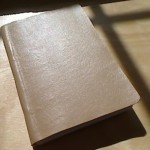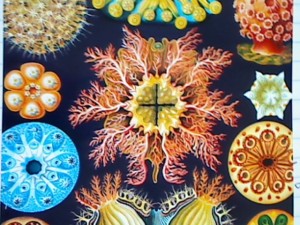
The art of Caleb Charland blogged at MYModernMet

Created using processing and from
www.forreststevens.com/htmlgraph/
Based in turn on: www.aharef.info/static/htmlgraph/
and the HTML parser at http://htmlparser.sourceforge.net/




My P-Sharan Wide angle pinhole camera worked like a charm in Time Square. Colors look great as well


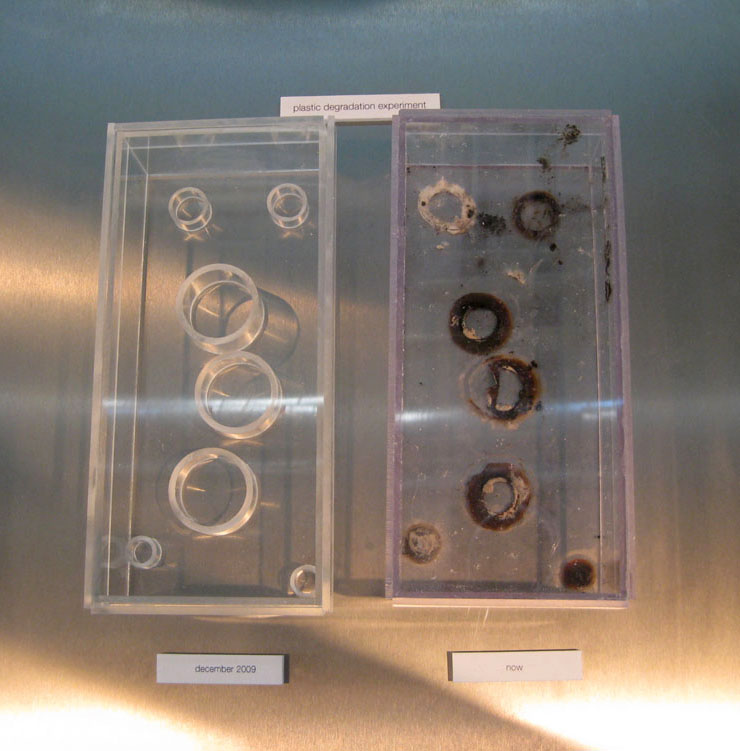
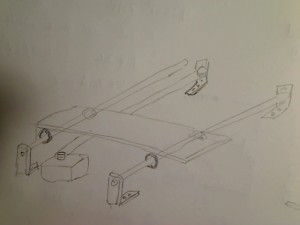 Making an XY axis bot requires two stepper motors, and then either 2 belts or 2 rods. Been used many times before in CNC machines and 3-D printers:
Making an XY axis bot requires two stepper motors, and then either 2 belts or 2 rods. Been used many times before in CNC machines and 3-D printers: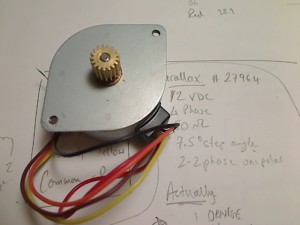
http://hackaday.com/2010/10/18/cheap-and-easy-sms-via-gsm-for-your-mcu/

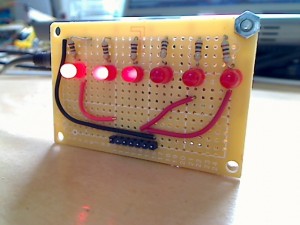 runs on an arduino, wired up as a Hackduino project. The speed of the LEDs is controlled by a pot linked to the arduino chip running a larsonscannerwithpot sketch.
runs on an arduino, wired up as a Hackduino project. The speed of the LEDs is controlled by a pot linked to the arduino chip running a larsonscannerwithpot sketch.

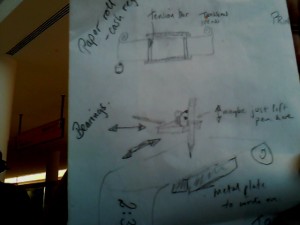
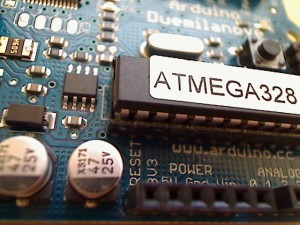
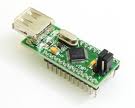

 Capacities of akaline AA typically 2000 mAH, and C cells 6000mAH
Capacities of akaline AA typically 2000 mAH, and C cells 6000mAH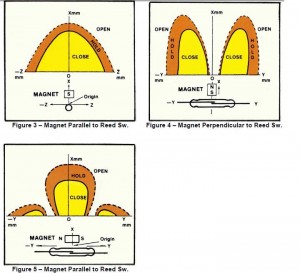
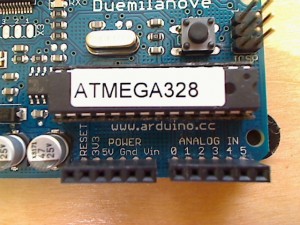

| Specifications: | |||||||||||||||||||||||||||||||||||||||||||||||||||||||||||||||||||||||||||||||||||||||||||||||||||
| Output | up to 12.7 litres/minute at up to .75bar (2.8 gallons/minute at 11psi) | ||||||||||||||||||||||||||||||||||||||||||||||||||||||||||||||||||||||||||||||||||||||||||||||||||
| Connections | 1/2" (12.7mm) Hose | ||||||||||||||||||||||||||||||||||||||||||||||||||||||||||||||||||||||||||||||||||||||||||||||||||
| Dimensions (L x H) | 142 x 38 mm | ||||||||||||||||||||||||||||||||||||||||||||||||||||||||||||||||||||||||||||||||||||||||||||||||||
| Max. Current | 2.5 A | ||||||||||||||||||||||||||||||||||||||||||||||||||||||||||||||||||||||||||||||||||||||||||||||||||
| Weight | 260 g | ||||||||||||||||||||||||||||||||||||||||||||||||||||||||||||||||||||||||||||||||||||||||||||||||||

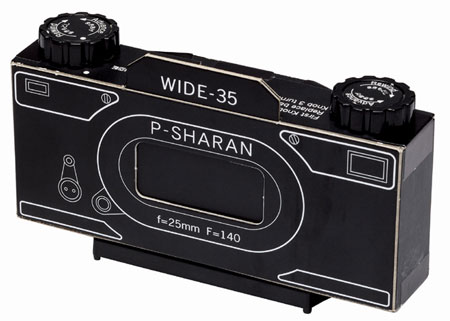


 So after lots of procrastinations, I made an arduino on a breadboard using Tom Igoe's ITP work and added a protection diode, additional 0.1uF decoupling capacitors (2), and wired a socket to use a FTDI cable from adafruit. Schematics based on the Boarduino, which I love. This version can now be transferred to a perf board to make a more permanent arduino without bells and whistles.
So after lots of procrastinations, I made an arduino on a breadboard using Tom Igoe's ITP work and added a protection diode, additional 0.1uF decoupling capacitors (2), and wired a socket to use a FTDI cable from adafruit. Schematics based on the Boarduino, which I love. This version can now be transferred to a perf board to make a more permanent arduino without bells and whistles. and then thought about an arduino version! a low and behold Faludi has done it, changed it to a voltage, then sold it as Botanicalls, a really cool product. So changed by circuit to Faludi's version, tested the analog signal with a voltmeter and all looks good. The new circuit look like this
and then thought about an arduino version! a low and behold Faludi has done it, changed it to a voltage, then sold it as Botanicalls, a really cool product. So changed by circuit to Faludi's version, tested the analog signal with a voltmeter and all looks good. The new circuit look like this 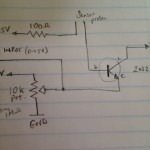 and there is an interesting tutorial on converting an ammeter circuit into one that can use a voltmeter. ALso talks about how to measure internal resistance of meter.... Still a little confused about the use of the trim pot though.
and there is an interesting tutorial on converting an ammeter circuit into one that can use a voltmeter. ALso talks about how to measure internal resistance of meter.... Still a little confused about the use of the trim pot though.
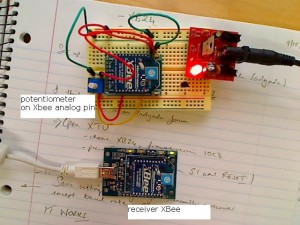

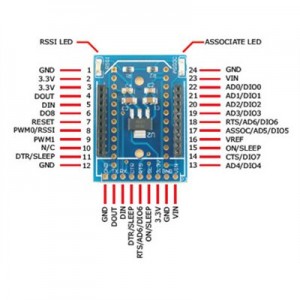
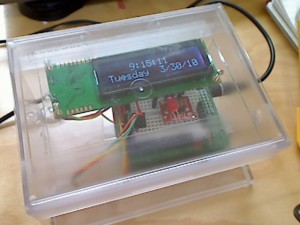
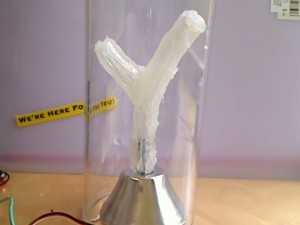 The coral will change colors depending on the
The coral will change colors depending on the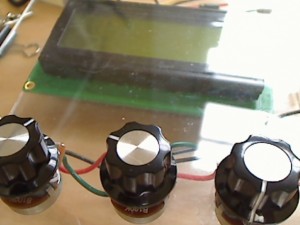 temperature of the ocean in Australia, Hawaii, and Florida. A video of the color picker, to determine colors of the corals, is on Color Picker on YouTube
temperature of the ocean in Australia, Hawaii, and Florida. A video of the color picker, to determine colors of the corals, is on Color Picker on YouTube
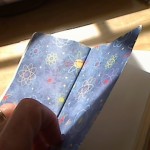 Astronomical endpapers, attempt at sewing pages went well, but definately need a better technique.
Astronomical endpapers, attempt at sewing pages went well, but definately need a better technique.